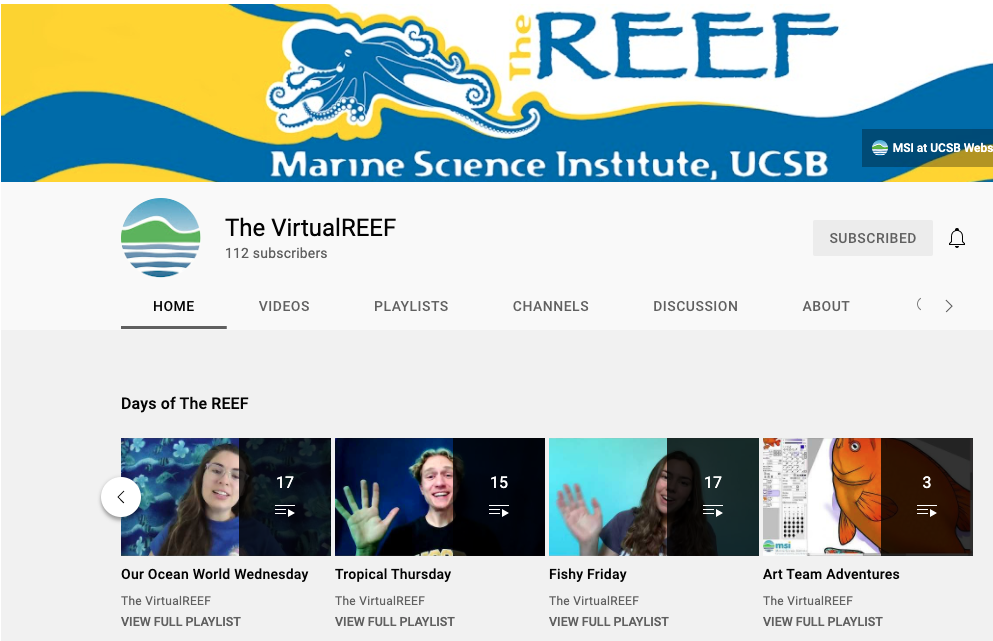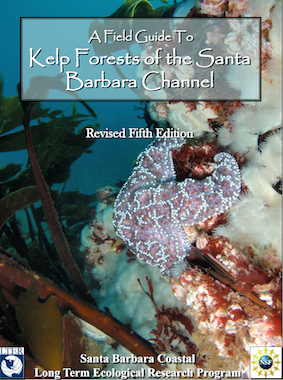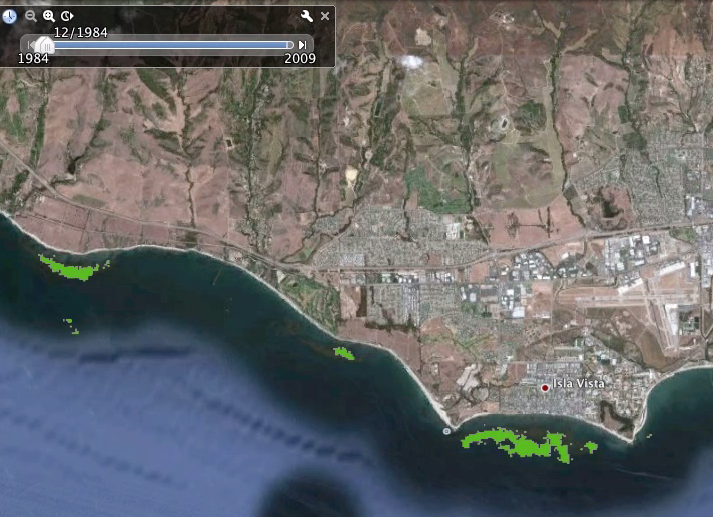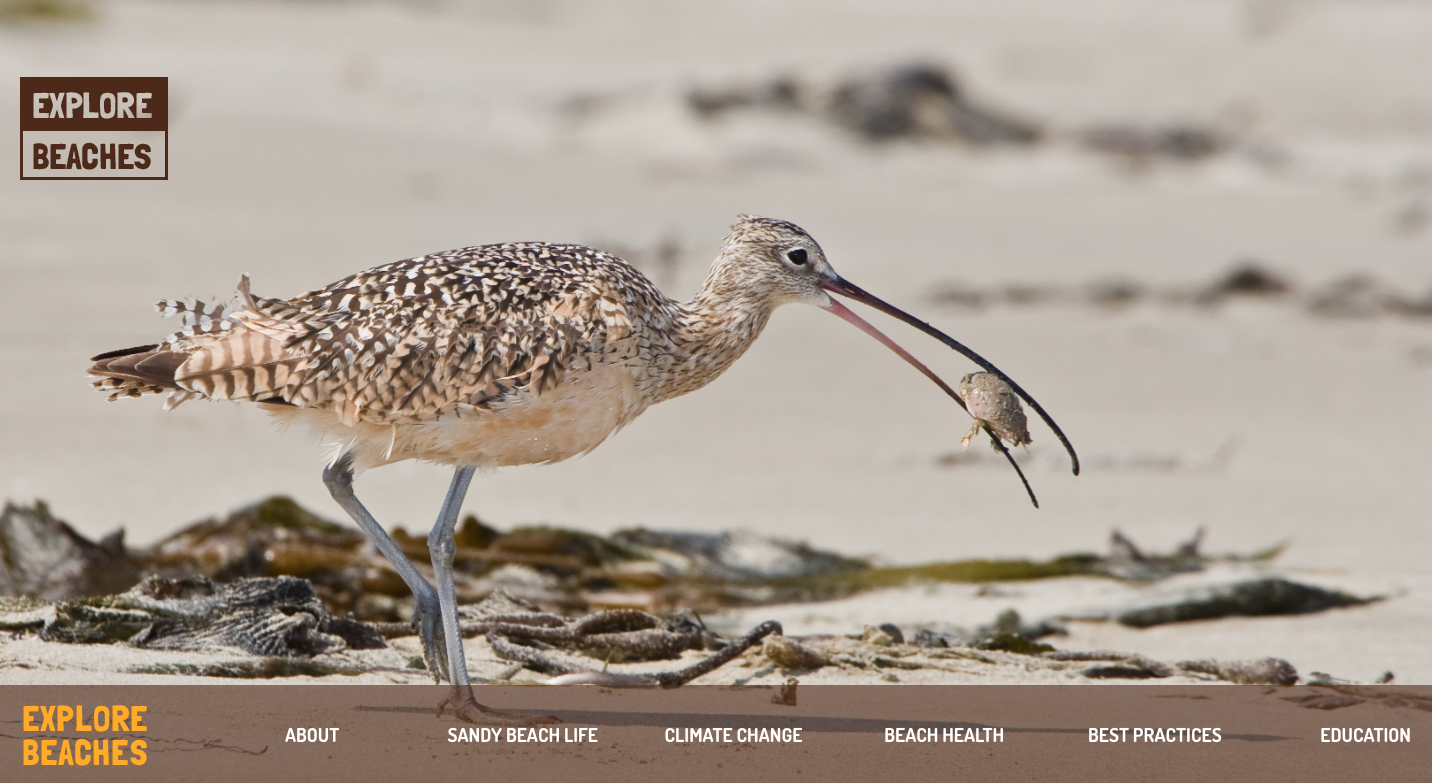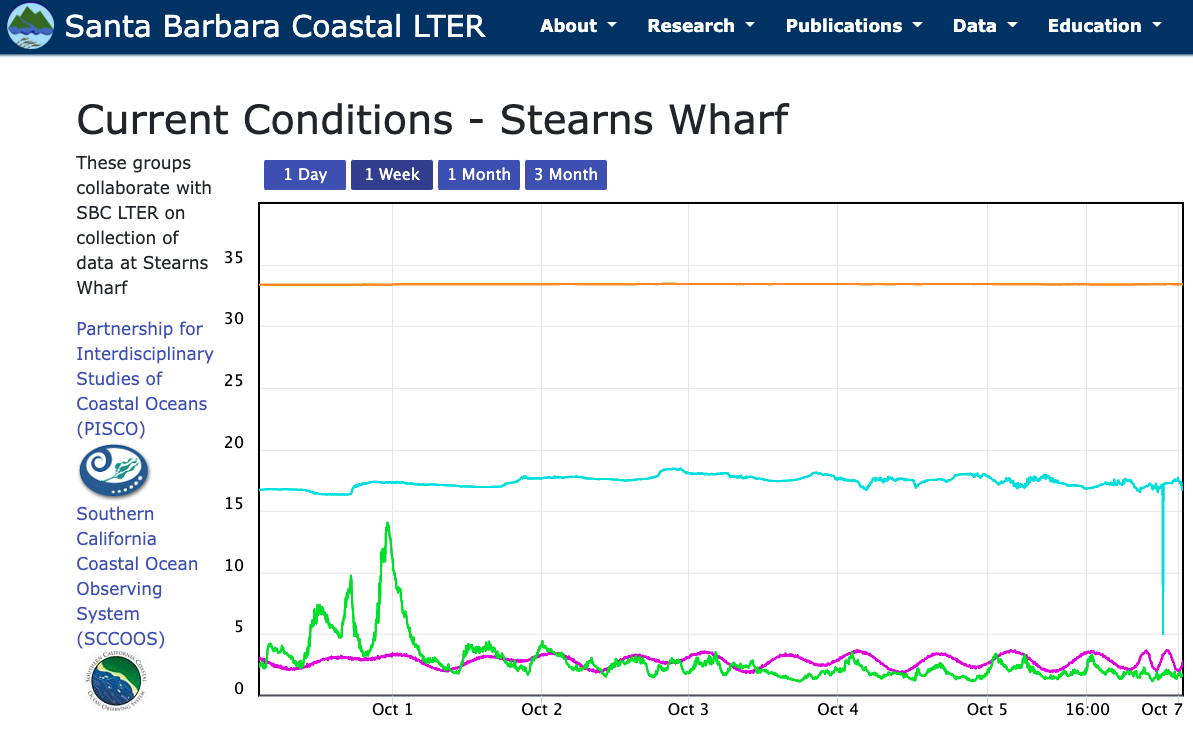Educational Resources
The SBC Schoolyard Program, educational partnerships and public outreach activities have generated several types of educational resources using a variety of media including film and video, books, websites, datasets, and written lesson plans. Resources are described below, grouped by the major areas in our region:

Virtual Reef YouTube Channel
The Virtual Reef began in 2020 when visits to UCSB were severely limited. Students continue to create new videos on a variety of topics such as the water cycle, oil seeps and their relation to beach tar, and Marine Protected Areas and habitat restoration.
Our Channel
Kelp forests are the primary habitat for many fish and invertebrate animals of the nearshore area, and the focus of SBC LTER research. Several resources are available to learn about this valuable feature of our channel, including animations, a field guide, and a children's book. We also have a datasets specifically designed for teaching about ocean acification in the Channel.

Kelp Forest Field Guide
This guide contains information on the common marine seaweeds, invertebrates, and fish that inhabit the shallow rocky reefs of the Santa Barbara Channel. In addition to aiding our students, staff and researchers, it also provides those less familiar with the Santa Barbara Channel with a glimpse of the diverse marine life that inhabits the kelp forests in this region.
Kelp Forest, From Space
This animation shows changes in kelp biomass near Campus Pt and Isla Vista from 1984-2009 at approximately six-week intervals using Landsat imagery augmented by kelp biomass and abundance records collected by the SBC LTER project.
Children's Book: The Golden Forest
The Golden Forest delves into SBC's unique characteristics and diversity, and explores the connection between giant kelp forest and sandy beach ecosystems. In the story, protagonists (young cousins) play with beach wrack, replicating the kinds of experiments that scientists actually do.
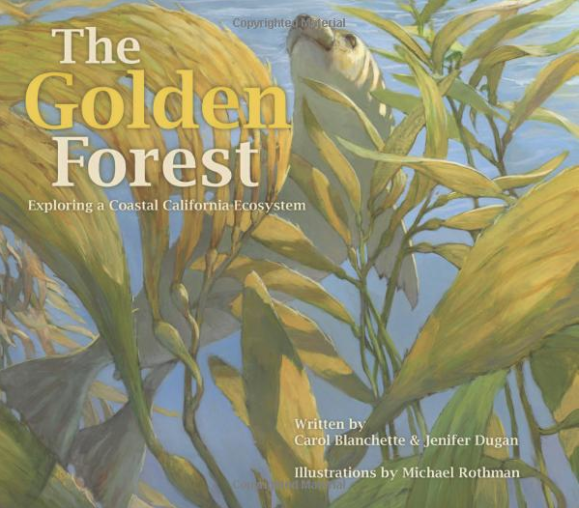
Ocean Acidification Curriculum
This dataset and the accompanying paper is a collaboration among SBC LTER, the Moorea Coral Reef LTER, McMurdo Sound scientists, and educators. The curriculum is intended for middle school students to explore the effects of environmental change on the ocean's pH and carbonate chemistry.
Kelp Viewed from Landsat
Since 1984, satellites have been capturing images of the entire Earth's surface every 16 days. The cameras on these satellites are capable of detecting the unique reflectance signature of kelp—the specific colors of light it reflects—which makes it distinctly visible in the images. By observing the shapes and patterns of kelp forests, it is possible to monitor and track the changes in kelp patches over time and across different locations.
Our Beaches
Kelp and other seaweeds that are stranded on beaches as wrack support a diverse community of small animals that in turn are important as prey for shorebirds. The kelp wrack provides an important food source and habitat for the beachhoppers, intertidal beetles, kelp flies, and other small crustaceans on which many species of shorebirds feed. Our resources for learning about beach communities include a website, films, and brochures supported by SeaGrant funds.
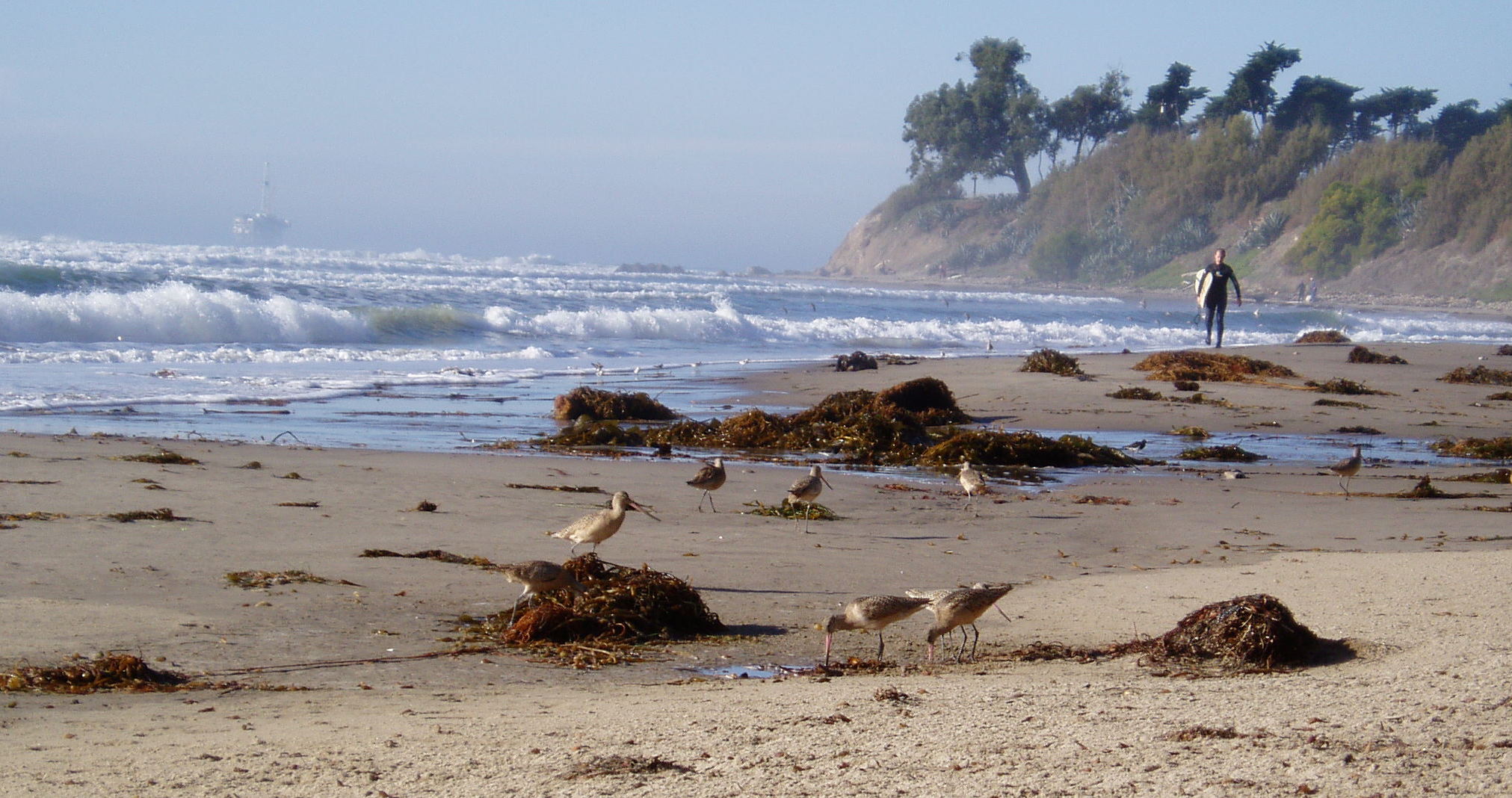
The Explore Beaches website describes plants that build dunes, fish that are able to run onto land, and crabs that move incredible distances migrating with the tide. Explore it to discover the dynamic process of sand movement and the impacts of management decisions. Understand the challenges and successes related to environmental change.
Beaches Hopping with Life
Short PBS documentary on the beachhoppers that shred the kelp stranded on the beach every night "As the sun sets, hordes of tiny crustaceans called beachhoppers – also known as sandhoppers – emerge from underground burrows to frolic and feast. They eat so much decaying seaweed and other beach wrack that by morning all that’s left are ghostly outlines in the sand"
Four minute film clip created by "The Ocean Channel" for the Ty Warner Sea Center. "Kelp and other seaweeds that are stranded on beaches as wrack support a diverse community of small animals that in turn are important as prey for shorebirds. The kelp wrack provides an important food source and habitat for the beachhoppers, intertidal beetles, kelp flies, and other small crustaceans on which many species of shorebirds feed."
Brochures (by region) on the role of kelp wrack in beach ecosystems and the impacts of beach grooming
Our Harbor
This historic working harbor is at the heart of a variety of maritime activities, including recreational and commercial fisheries, diving and kayaking. It is also one of the launch points for our research boats to access key SBC kelp forest research sites that are so critical to the vitality of fisheries and tourism that support Our Harbor.

Stearns Wharf Data
SBC LTER teams with agencies and research projects in the region to monitor oceanographic conditions at Stearns Wharf. Real-time data are a teaching aid, and are used frequently by local citizens, particularly swimmers and surfers.
Our Watersheds
Our study of coastal watersheds provides a basis for understanding the timing and magnitude of nutrient and sediment fluxes to coastal waters of the Santa Barbara Channel and its fringing kelp forest ecosystems. Short and long-term shifts in weather patterns that alter rainfall may cause a change in the processes that supply nutrients, sediments, and organic matter to kelp forest communities.
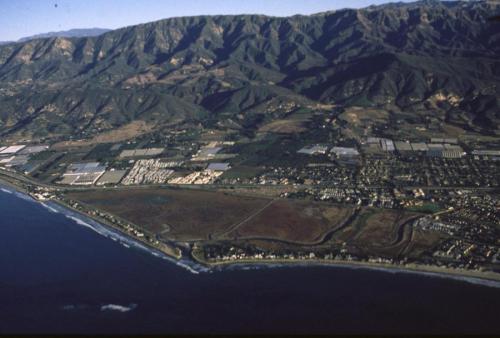
Arroyo Burro Lesson Plans
Module components focus on the links between watersheds and the coastal ocean, and the effects of human actions. This group of lesson plans are are geared toward middle school students, to understand ecosystem concepts as they apply to coastal watersheds. Particular attention is paid to the transport of materials to the primary producers in a food web. A computer CD containing simulations in the Arroyo Burro Watershed is also available (by request).
LTER Network Site Briefs
The LTER Network maintains a collection of briefing documents, one PDF for each site. The entire collection is available.
